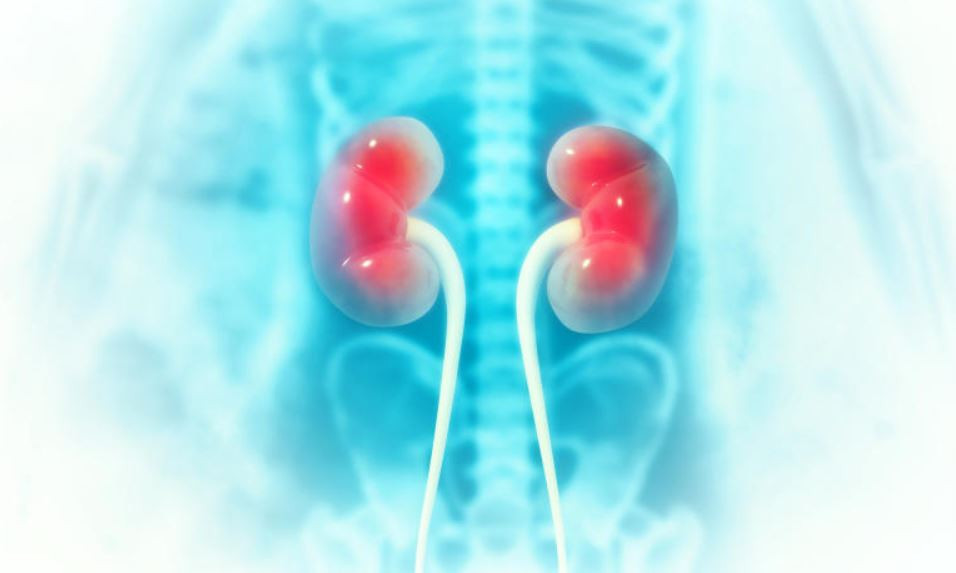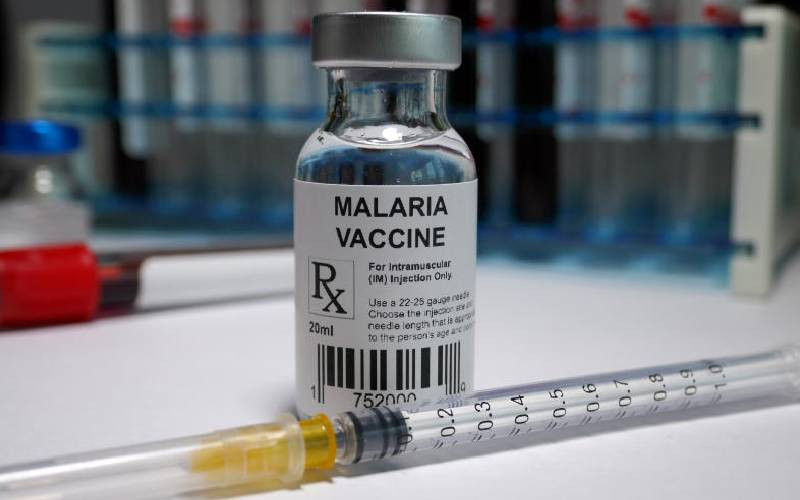
We have all done it, that satisfying twist of a cotton swab after a shower, believing we’re keeping our ears clean. It’s almost second nature.
In many households, the tiny white stick is part of every bathroom cabinet, passed down as an unspoken hygiene rule.
Yet, most of us have also heard the warning, “Don’t use cotton swabs in your ears.” Why exactly? What makes something so common potentially harmful?
Earwax, medically known as cerumen, is not dirt. It is your body’s natural defence, trapping dust, bacteria and tiny particles from reaching the delicate inner ear. According to the World Health Organization (WHO), earwax helps maintain ear health by providing lubrication and reducing infection risk.
The problem comes when we interfere with this natural process. Research published in the British Medical Journal (BMJ) shows that using cotton buds or hairpins can push wax deeper into the ear canal, leading to blockages, infections or even a ruptured eardrum.
In Kenya, earwax impaction, which occurs when wax builds up and causes discomfort or hearing loss, is more common than people realise. A 2022 study by the University of Nairobi’s Department of Otolaryngology found that about 15 per cent of adults visiting Ear, Nose and Throat (ENT) clinics in Nairobi had impacted wax, mostly due to improper cleaning habits.
- Trump pulls US from World Health pandemic reforms
- Suicide behind one in every 100 deaths: WHO
- Breaking the spell: Fighting myths that hinder epilepsy treatment
- Global warming linked to consumption of sugary drinks, ice cream
Keep Reading
This can cause earache, a sense of fullness, ringing sounds (tinnitus) or reduced hearing. Globally, the American Academy of Otolaryngology advises that most people do not need to clean their ears regularly at all since the ear is self-cleaning. The jaw’s natural movements, such as chewing and talking, help move old wax outward, where it flakes off naturally.
In short, the less you poke and prod, the healthier your ears stay. The next time you reach for that cotton swab, remember your ears are already taking care of themselves. Sometimes, doing nothing is the best form of care.
Here’s what you need to know about earwax removal:
Let your ears do the work. Most of the time, you do not need to remove wax. The ear canal is designed to clean itself. Avoid inserting objects. Cotton swabs, matchsticks, pens or even fingers can push wax deeper, scratch the ear canal or damage the eardrum. Use ear drops if needed. Over-the-counter ear drops or natural oils such as olive or mineral oil can help soften hardened wax, making it easier for it to come out naturally. See a professional. If you experience pain, hearing loss or blockage, visit an ENT specialist. They may use safe methods such as irrigation or microsuction to clear it. Mind your children’s ears. Children produce more wax, but frequent cleaning can irritate their ear canals. Use a damp cloth to wipe only the outer ear. Be cautious with home remedies. Avoid ear candling or hydrogen peroxide unless prescribed. Studies by the US Food and Drug Administration (FDA) have found them ineffective and potentially harmful. The Standard Group Plc is a multi-media organization with investments in media
platforms spanning newspaper print
operations, television, radio broadcasting, digital and online services. The
Standard Group is recognized as a
leading multi-media house in Kenya with a key influence in matters of national
and international interest.
The Standard Group Plc is a multi-media organization with investments in media
platforms spanning newspaper print
operations, television, radio broadcasting, digital and online services. The
Standard Group is recognized as a
leading multi-media house in Kenya with a key influence in matters of national
and international interest.











